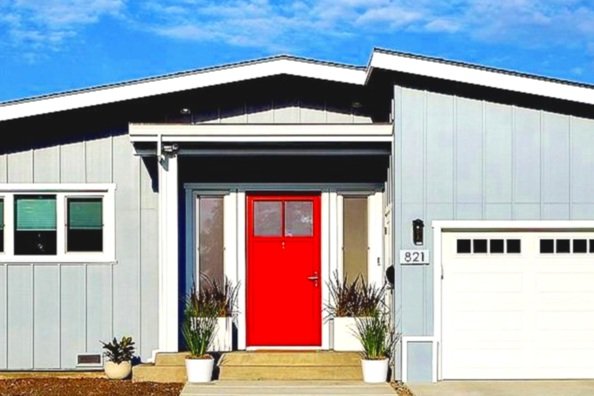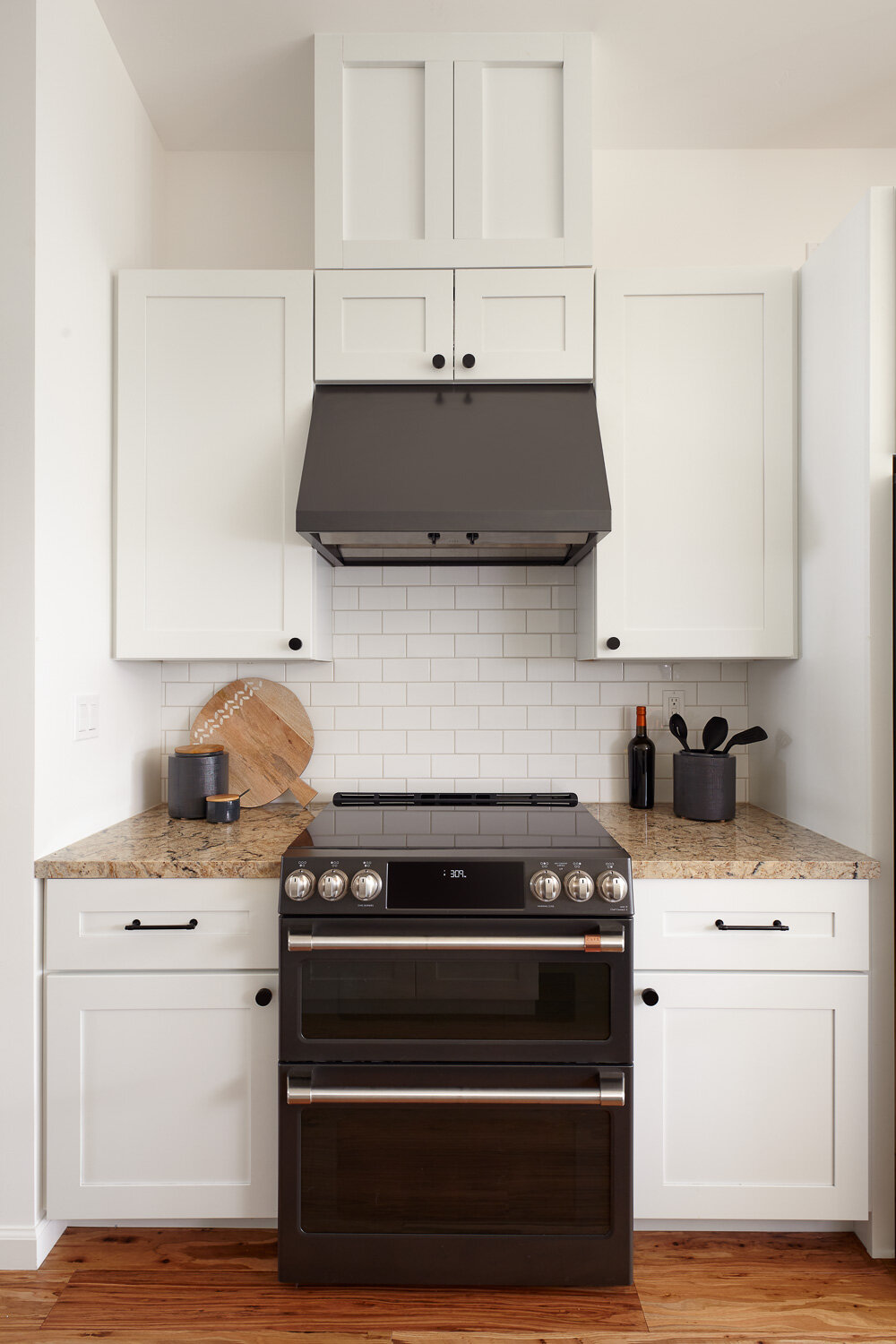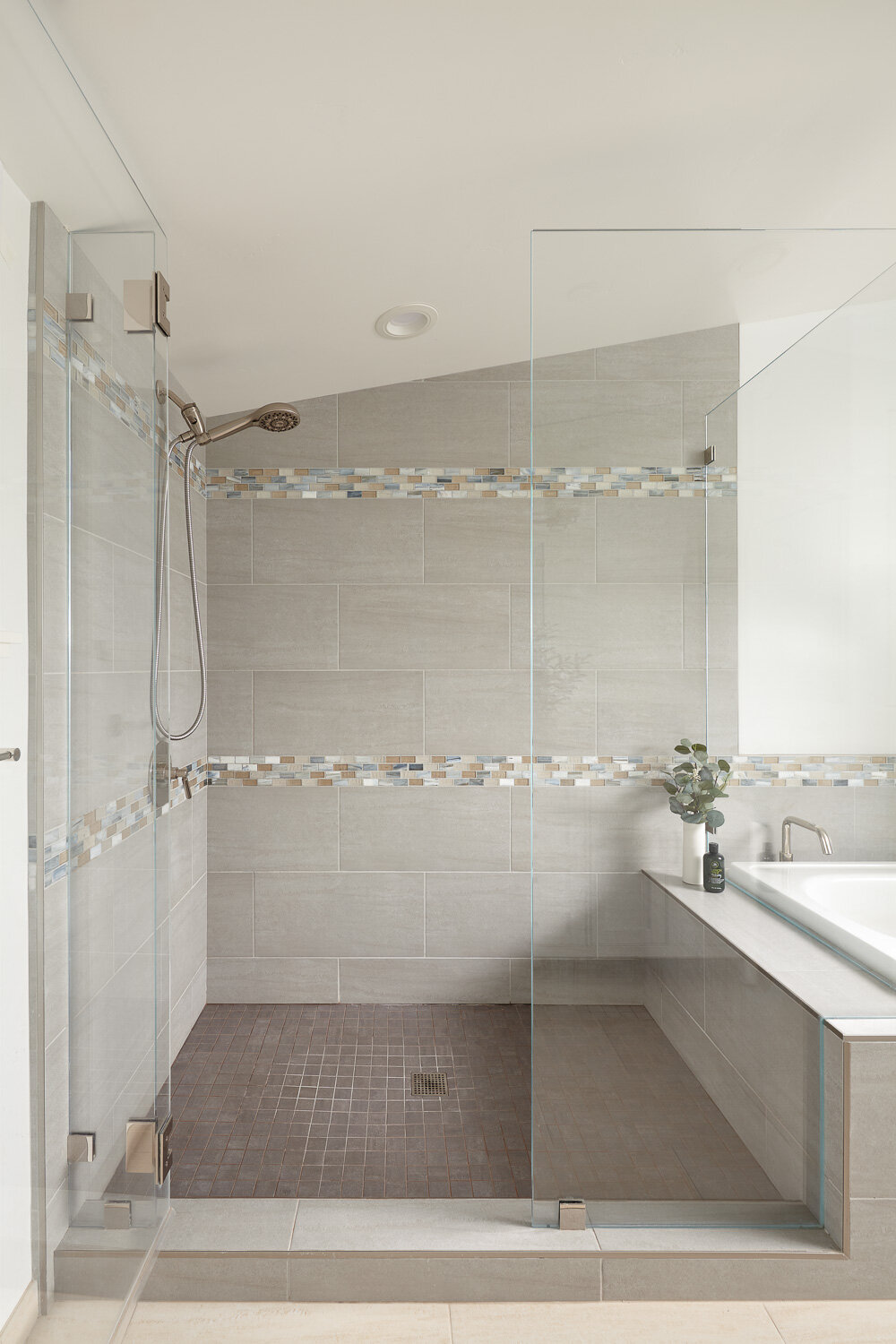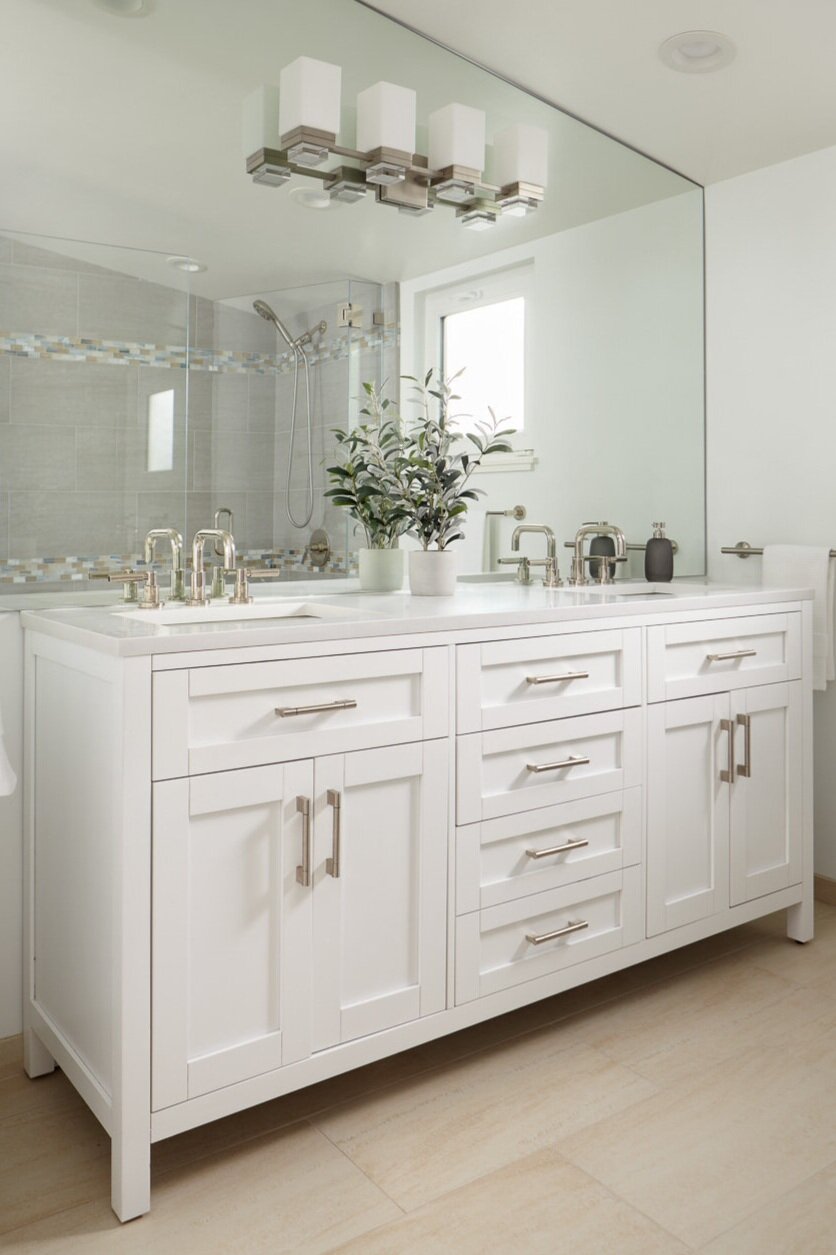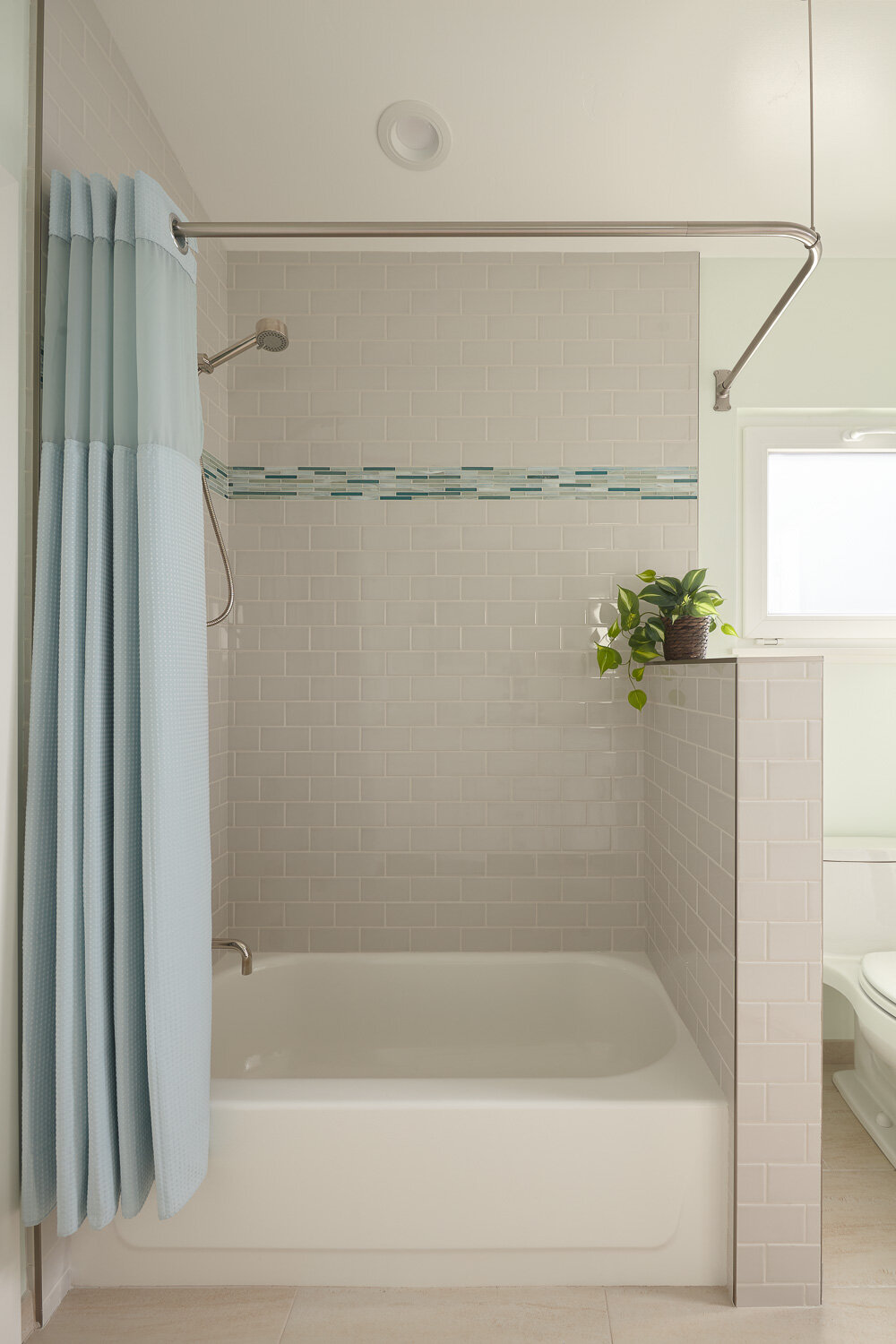Passive House
Passive House: A Healthier Home
What is a Passive House? It is a building standard that includes: energy-efficient design and products, comfortable and quiet interiors, it is lower maintenance, and significantly healthier for a home’s occupants. A Passive House, also known as Passivhaus in German, is a design standard that achieves thermal comfort with minimal heating and cooling.
Here are some of the key points about Passive House:
Design Principles: Insulation: Passive Houses are appropriately insulated to minimize heat loss or gain.Airtightness: These buildings are tightly sealed to prevent drafts and maintain indoor comfort.Windows and Doors: High-quality windows and doors are used to minimize heat transfer.Ventilation with Heat Recovery: Efficient ventilation systems with heat recovery ensure fresh air without significant energy loss.Elimination of Thermal Bridges: Design minimizes areas where heat can escape or enter easily.
Performance-Based Standard:Passive House standards set performance targets but do not dictate specific materials or products.The Passive House Institute administers a certification scheme for buildings that meet these standards.
Certification Criteria:A Certified Passive House is a building where thermal comfort can be achieved solely by post-heating or post-cooling fresh air, without additional air recirculation.The building’s energy requirements for heating and cooling must be very low due to limited air flow.
Origins:The concept originated from research on delivering comfort in homes without abundant heating or fuels.The first Passive House was constructed in Germany in 1991 and continues to perform as predicted after nearly 30 years! In summary, a Passive House prioritizes a “fabric first” approach, optimizing the thermal envelope for healthy, comfortable, and efficient indoor conditions while minimizing energy needsEnveloped in Silence.
When you step through the front door of this Passive House and close the door behind you, the first thing you hear is, well…nothing. As the door gently clicks to a close, there is a feeling of immediate peace and tranquility as the home surrounds you with an envelope of silence.
With incredible attention to insulation and air sealing, we were able to yield a very quiet indoor environment for a home located on a busy street. Robust high-performance walls, doors, and windows are crucial to Passive House energy performance while also dramatically reducing sound transmission from outside. Street noise, airplanes flying overhead, dogs barking, or your neighbor’s construction? No problem!
““Each time we come home, we are greeted by a comfortable interior with a consistent climate, clean air quality, and quietness from the busy outdoors; providing optimal comfort and efficiency.”
- Adrienne, Client and Passive House Homeowner ”
Are you thinking about a home that is all electric?
A first-of-its-kind building code will create strong incentives to use all-electric heating and appliances. On the air-quality front, at least, the evidence against gas stoves is compelling. Although cooking food on any stove produces particulate pollutants, burning gas produces nitrogen dioxide (NO2) and sometimes carbon monoxide. Homes with gas stoves can contain approximately 50 to 400 percent higher concentrations of NO2 than homes with electric stoves, often resulting in levels of indoor air pollution that would be illegal outdoors. NO2 is invisible and odorless, which is one of the reasons it’s gone so relatively unnoticed thus far. The new and improved, efficient, high-performance, climate change-fighting, all-electric home is here and more are coming. We can future proof our abodes with these technologies in order to better our clients’ lives and our communities as a whole.
Soon, the idea of piping and burning fossil fuels in our homes will feel as old fashioned as when our great-grandparents used to shovel coal into a basement furnace. The combination of renewable electricity and all-electric technologies will make burning fossil fuels in our homes an anachronism of a bygone era.
a clean burning fireplace
This sleek fireplace has a secret; it is an environmentally-friendly ethanol-burning fireplace that can fit in almost any space, large or small. The amount of heat produced by these fireplaces will depend on a variety of factors, like the ambient temperature and size of your space, the size of burner used, etc. On average, however, a majority of fireplaces that have a 1.5 liter burner usually have thermal outputs in the range of 2.1 and 2.5 kW.
Ethanol fireplaces are better for the environment and your home's indoor air quality because it is a sustainable energy source, is clean-burning, and the small amount of odorless CO² it produces – the same CO² that's in the air we breathe – is reabsorbed by plants. Unlike gas or wood, when ethanol burns, it will not produce any smoke, soot, ash, or unpleasant odors. That means ventless ethanol fireplaces don't require a chimney flue or vent (which sucks out heated air with the smoke), nor a costly connection to gas or electricity.




